

The air-hydro unit consists of a converter and a valve unit that are compactly integrated. It converts air pressure to an equivalent hydraulic pressure, and this hydraulic pressure is used for operating an actuator, thus solving the problem that is associated with the compression characteristics of air. Thus, in spite of using pneumatic equipment, it performs similarly to a hydraulic unit,
MK/MK2 RSQ/RSG RSH CE1 CE2 ML2B ML1C REA REC RHC (mm) Model Air port size Rc (PT) Oil port size Rc (PT) A B lC DA DB DL H NL P QB QL S T W MTS CCT63-l CCT100-l CCT160-l 3/8 3/4 9.5 11 0 30 86 3 28 45 53 88 86 64 88 104 CC 1/2 7 13 2 1 32 120 5 33 65 61 123 116 92 125 139 11/4 3/4 7 20 2 46 185 0 29 93 60 183 180 144 185 202.5 L dimension 600 700 800 Effective oil level stroke (mm) 50 100
Table 1 CE-compliant Applicable model CCT160-400 to 800 CE marking applicable standard Directive 97/23/EC Category I Specifications CCT40 Effective oil level stroke Operating pressure 0 to 0.7 MPa Because the CCT40 is a converter for an actuator with a small capacity, it cannot be made into an air-hydro unit.
, 300, 350, 400, 450, 500, 600, 700, 800, 900, 1000 50 200, 250, 300, 350, 400, 450, 500, 600, 700, 800, 900, 1000 6000 63 200, 250, 300, 350, 400, 450, 500, 600, 700, 800, 900, 1000 Made to Order Specifications (For details, refer to page 10-21-1.)
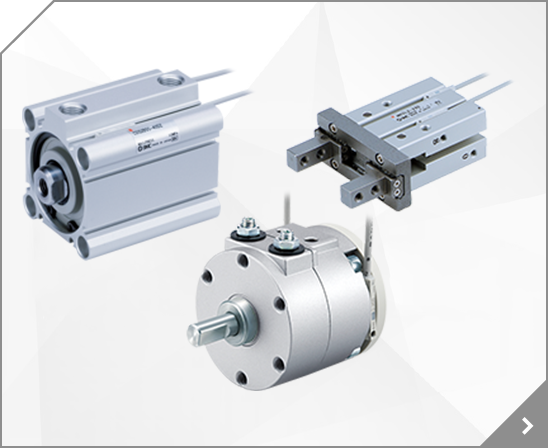
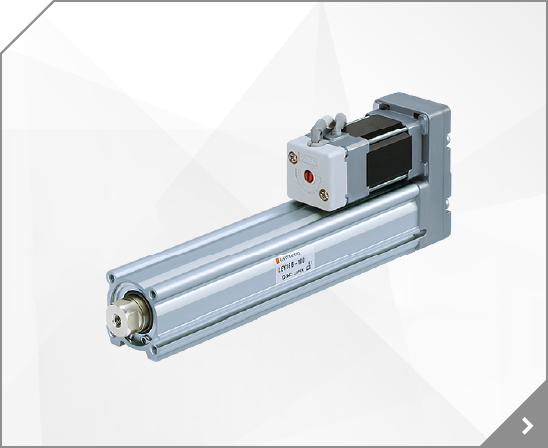
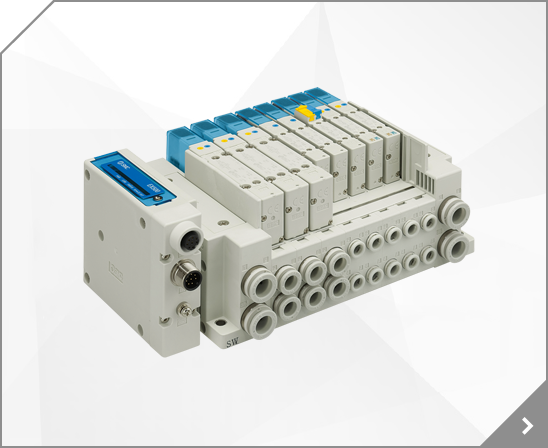
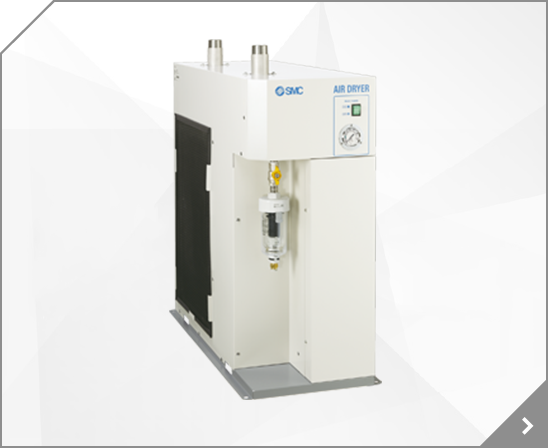
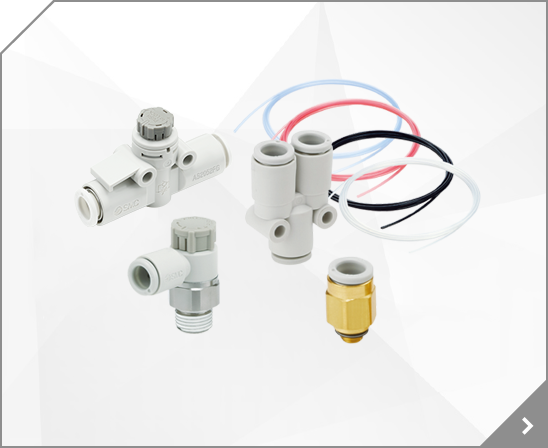
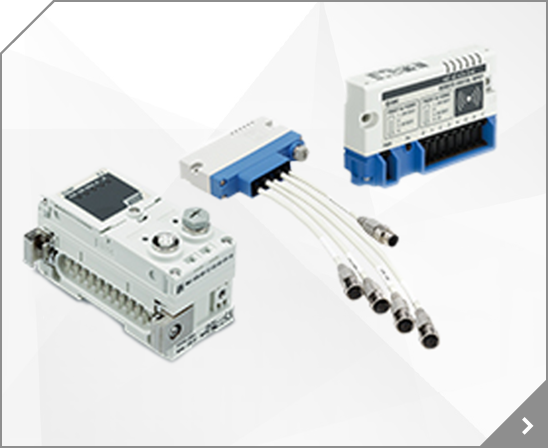
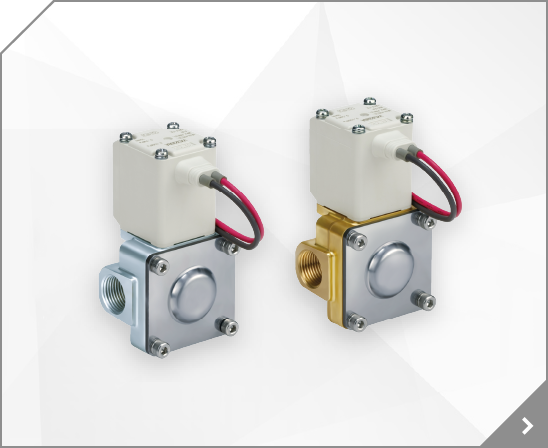
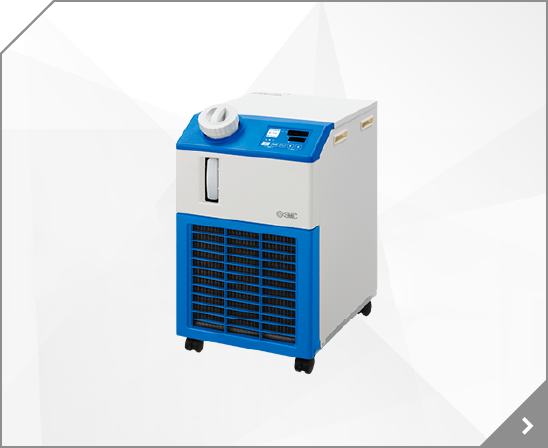
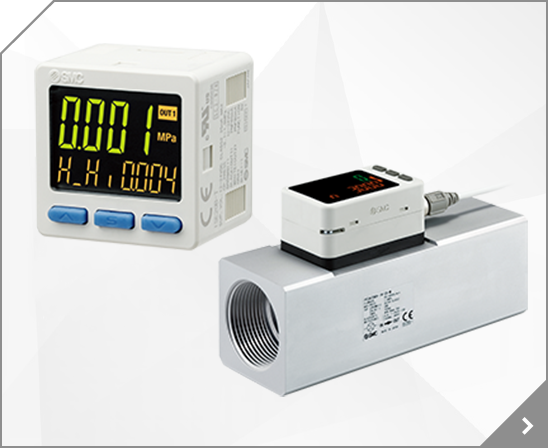
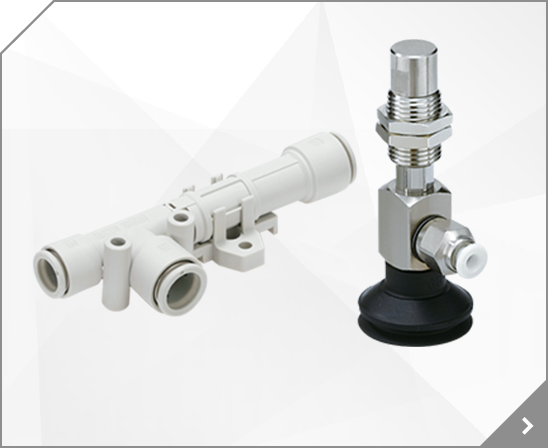

 Catalog: CC
Catalog: CC